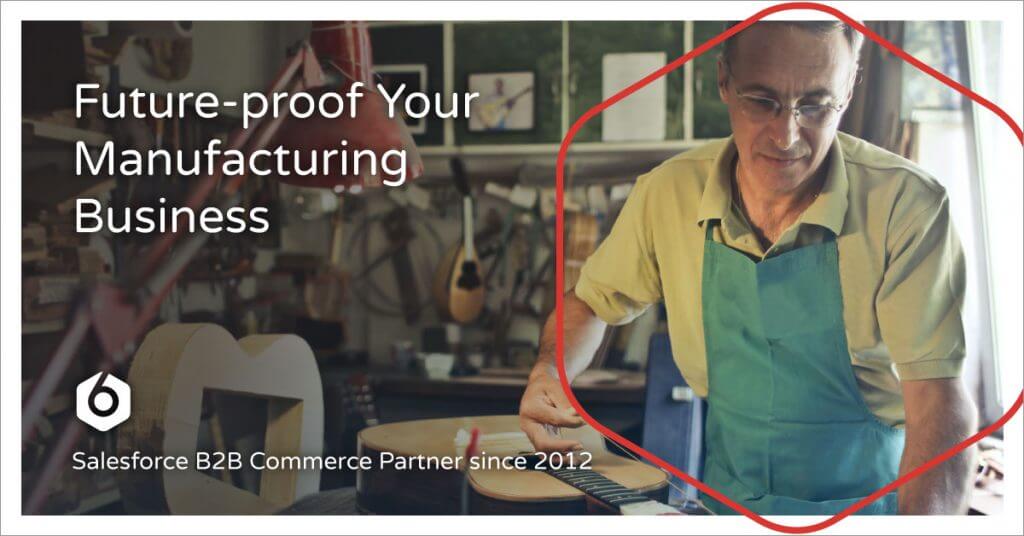What is Direct-to-Consumer (D2C/DTC)?
D2C is a new e-commerce strategy where a brand manufacturer sells their products directly to consumers. D2C can be done in parallel to the traditional model of selling to retailers, dealers and wholesalers. The most common D2C use case is a consumer-packaged-goods (CPG) company such as a snack manufacturer that not only sells their consumable products to retailers like Wal-Mart, Target and Amazon but also sells their products directly to consumers in parallel to their B2B channel.
Essentially why would you limit my ability to buy chocolate candy by only offering it via a retailer when you can ship it by the truckload directly to my door? Just don’t judge my shopping habits.
Who is Transitioning to the D2C Model?
PepsiCo announced two new D2C storefronts to reach more customers directly. Traditional retail models are facing disruptions both old and new, primarily social distancing. Instead of PepsiCo waiting to react to this new shift in the retail landscape they’re jumping ahead of their direct competitors by planting their flags in the D2C sales model. Expect many more manufacturers big and small to start this transition in the months ahead.
Why Should You Consider D2C?
We are entering a changing world where the normal of today looks drastically different than the normal from late 2019. This next normal might have volatile changes as society transitions from shelter-in-place to soft re-openings with no guarantee on what happens after that. You need to be prepared for anything and this is where D2C comes in. You can enter the next normal stronger and faster with D2C because it addresses 3 main concerns:
- Allows you to future-proof revenue with a parallel sales strategy
- Anticipate and respond to changing consumer habits quicker
- Reduce IT costs by centralizing your digital transformation strategy and valuable consumer data in Salesforce
Future-Proof Revenue with a Parallel Sales Strategy
The future is unpredictable. In December 2019 the thought of completely shutting down our economy and enacting shelter-in-place conditions was probably not on a business roadmap. If you predicted this in 2019, please contact me, I’d love to get next month’s lotto ticket numbers from you.
With the future uncertain, it’s in your best interest to avoid guessing what happens 2 months from now. Instead, spread the risk by offering your products to both retailers (B2B) and directly to consumers (D2C). In the future, whether demand surges from retailers or directly from consumers, you will have a solution in place ready to take money.
Just like mutual funds reduce risk by investing in multiple companies, you can apply that same concept to your sales strategy by offering D2C. Spreading risk allows you to weather the unpredictable future.
Quickly Anticipate and Respond to Changing Consumer Habits
Again, no one knows what our next normal will be in the future. You need to have the ability to respond quickly to changing consumer habits. Think about the challenges the retail industry faced in the last few months:
● Reduced shopping hours
● Reduced retail building occupancy to enforce social distancing
● Online retailers facing delivery capacity problems
All these challenges directly impact CPG manufacturing because your customers are facing purchasing barriers. These challenges may appear again or they may not. Instead of trying to guess where consumers will turn to to buy products, offer multiple channels of sales by not only offering your goods through B2B but also directly to consumers using D2C. Adjust your focus on a particular channel as consumer demands change.
Consumer buying interests can also change depending on what is going on in their lives. Demands for more comfort foods can increase as we worry about the future and the cycle will change again. By offering direct sales, you can capture these trends much faster than waiting on retailer reorders. D2C allows you to sense the changing demands and immediately respond by adjusting your offerings.
Reduce Your Costs By Centralizing your e-commerce on Salesforce B2B
Now that you’ve made the decision to offer a D2C store to your customers, you need to decide on a platform. You can reduce long-term costs in 4 ways by using Salesforce B2B.
First, your IT department does not need to maintain servers. That means no updates or security patches that need to be installed. No need to shake your server team awake at 3am and get dirty looks because there is an emergency patch that needs to be installed. Salesforce handles all of that for you.
Second, reduce product licenses to 1 by using Salesforce B2B as your D2C platform too. Salesforce B2B is built to handle the advanced situations needed for B2B but can also handle the typical D2C scenarios customers expect. Instead of having two teams learn different skills you can concentrate skills required by running both B2B and D2C on a single product.
Third, you can keep more of your profits by selling directly to the customer and controlling your experience. If you outsource that sales channel to an online retailer or marketplace you are now dependent on that retailer and future updates to fees, costs and rules.
Finally, some would argue that the most valuable resource besides the products you’re selling is customer data. By using Salesforce B2B for both B2B and D2C you are now centralizing all your customer data in one location. You can now view, adjust and even predict trends on consumer demands before it’s too late.
The Next Normal is Your Opportunity to be Bold
Change is hard and it can be especially hard when everything is fine and you don’t want to rock the boat. Now is the time to be bold and explore new opportunities that seemed out of reach just a few months ago. If D2C or B2B is something your company is exploring, feel free to reach out to us at solutions@6st.co and we’d love to chat with you.
